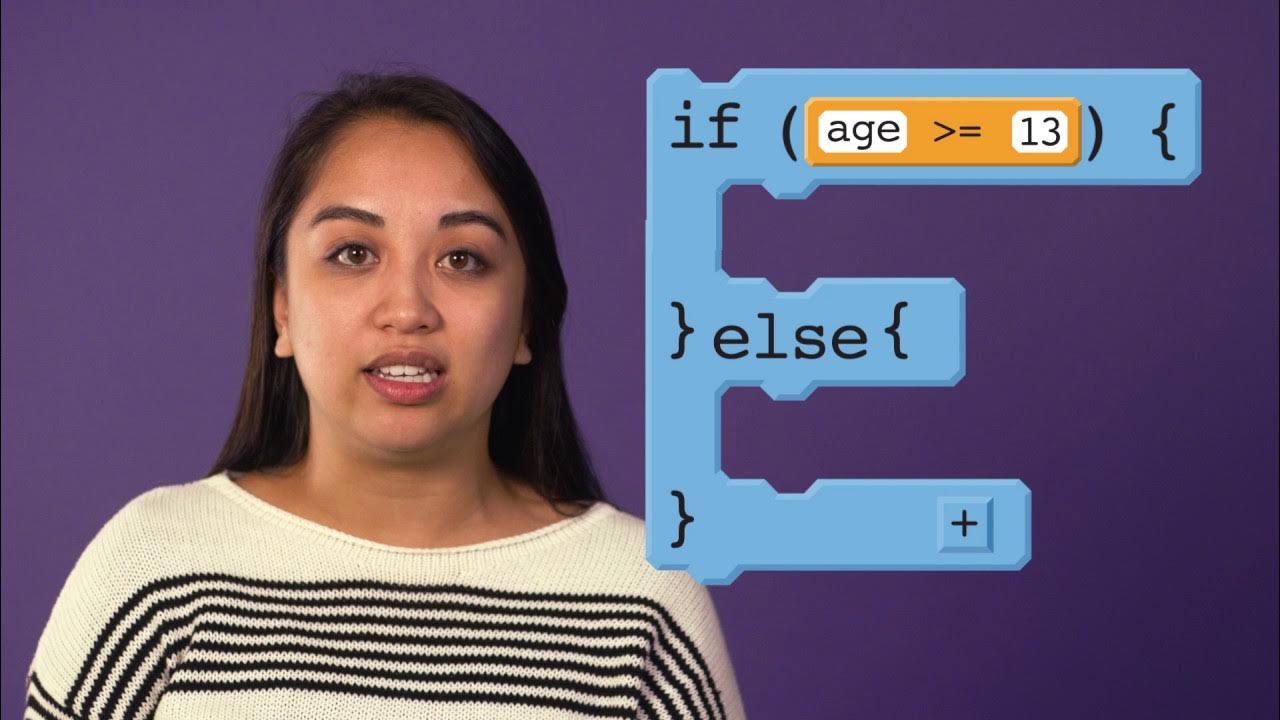Lesson 5-1 Conditionals: Input and "Dummy proofing"
Summary
TLDRThis video tutorial provides a comprehensive introduction to conditional statements in Python, focusing on the functionality and syntax of `if` statements and Boolean expressions. The instructor explains how to execute code based on specific conditions, using practical examples to illustrate the concepts. Key points include the significance of proper syntax, the structure of conditional statements, and the use of placeholders like `pass`. With engaging examples, such as checking the day of the week, the tutorial effectively equips viewers with essential programming skills, making it accessible and relatable for beginners.
Takeaways
- 😀 Conditional statements, like 'if', allow programs to execute specific code based on whether a condition is true or false.
- 📥 User input can be captured and coerced into the appropriate type, such as converting input into a float for numerical operations.
- 🔍 Boolean expressions return true or false, and it's essential to use '==' for comparison instead of '=' for assignment.
- ⚠️ Indentation in Python is crucial, as it defines the scope of code blocks; consistent use of spaces or tabs is necessary to avoid errors.
- 🔧 The 'pass' statement serves as a placeholder in conditional statements, allowing the program to run without executing any action when the block is empty.
- 📅 Conditional logic can be applied to everyday scenarios, such as determining what to do based on the day of the week.
- 💡 The use of relational operators (like <, >, <=, >=) is fundamental for creating effective conditional expressions in Python.
- 🔗 Newline characters (e.g., '\n') can be used to format output and improve readability when prompting user input.
- 🧑🏫 Interactive interpreters allow for dynamic testing and execution of code snippets, facilitating a hands-on learning approach.
- 🚀 Understanding and using if statements is a foundational skill in programming that enhances decision-making capabilities in applications.
Q & A
What is the purpose of using conditional statements in Python?
-Conditional statements allow the program to execute specific blocks of code based on whether a condition evaluates to true or false, enabling decision-making in the code.
How do you properly structure an 'if' statement in Python?
-An 'if' statement is structured as follows: 'if condition: # execute this block'. The code to execute must be indented relative to the 'if' statement.
What happens if the condition in an 'if' statement is false?
-If the condition in an 'if' statement is false, the block of code associated with that 'if' statement will not execute.
Can you give an example of a Boolean expression used in an 'if' statement?
-An example of a Boolean expression is 'x < 0', which checks if the variable x is less than zero. If true, the associated code block executes.
What is the difference between using '==' and '=' in Python?
-'==' is used for comparison to check if two values are equal, while '=' is used for assignment to assign a value to a variable.
What are some common relational operators in Python?
-Common relational operators include: '==', '!=', '>', '<', '>=', and '<=' which are used to compare values.
Why is proper indentation important in Python?
-Proper indentation is crucial because it determines the block of code that belongs to the conditional statement. Inconsistent indentation can lead to errors.
What does the 'pass' statement do in Python?
-'pass' is a placeholder used when a statement is syntactically required but you don't want to execute any code. It allows the program to continue running without error.
How can you ensure user input is clear when prompting in Python?
-Using a newline character ('\n') in the prompt helps to ensure the input is clear by moving the cursor to the next line, making the interface more user-friendly.
What is the significance of the 'if today == "Tuesday"' condition in the context of the example?
-This condition checks if the variable 'today' equals 'Tuesday'. If true, it allows the program to execute code that is specific to that day, such as notifying the user about a lecture.
Outlines

此内容仅限付费用户访问。 请升级后访问。
立即升级Mindmap

此内容仅限付费用户访问。 请升级后访问。
立即升级Keywords

此内容仅限付费用户访问。 请升级后访问。
立即升级Highlights

此内容仅限付费用户访问。 请升级后访问。
立即升级Transcripts

此内容仅限付费用户访问。 请升级后访问。
立即升级5.0 / 5 (0 votes)






